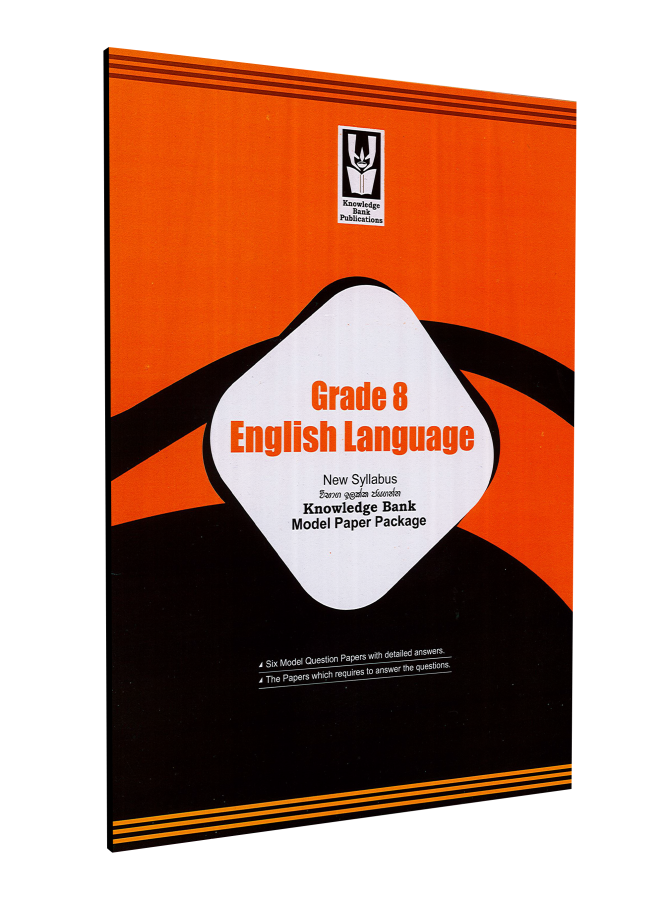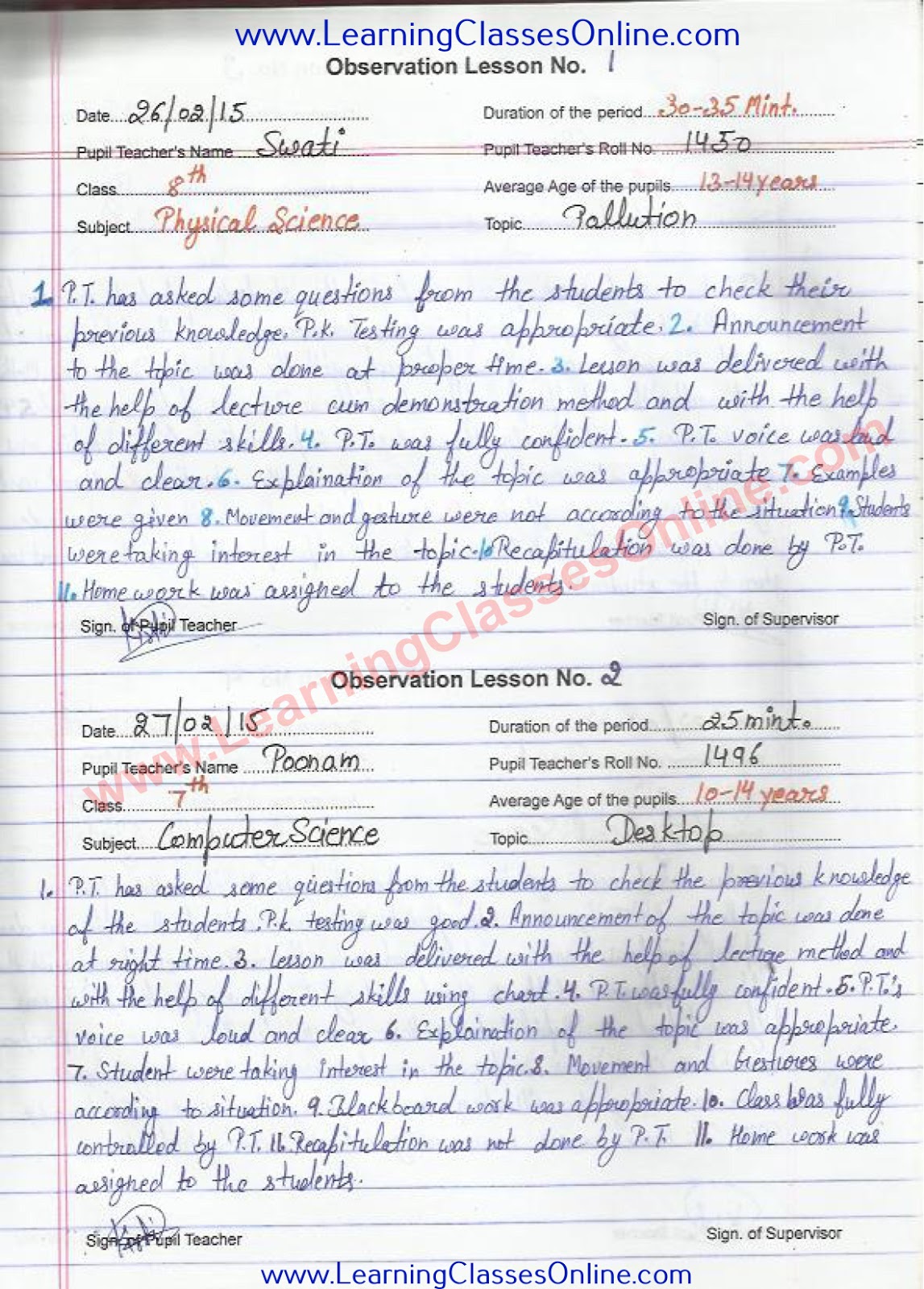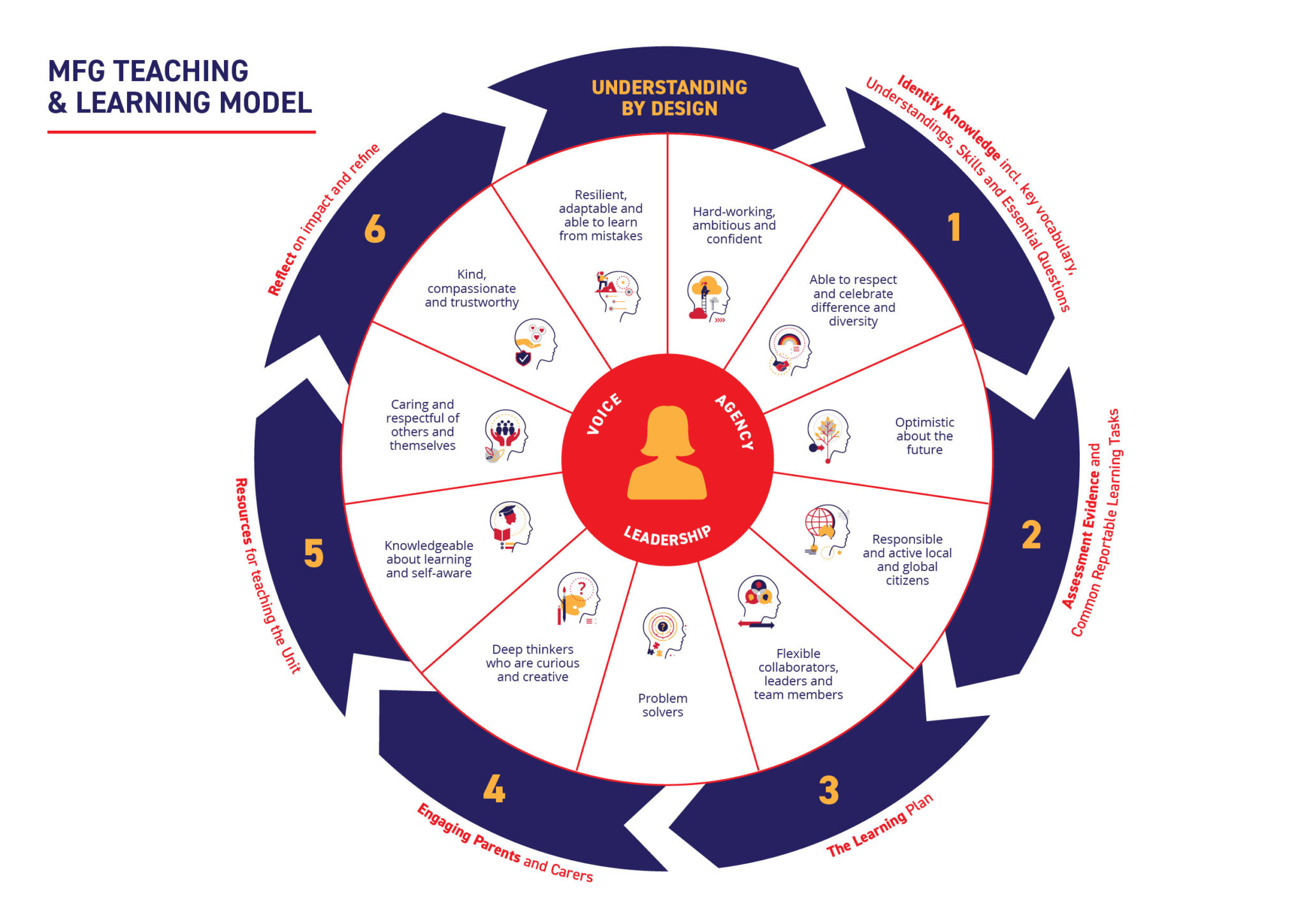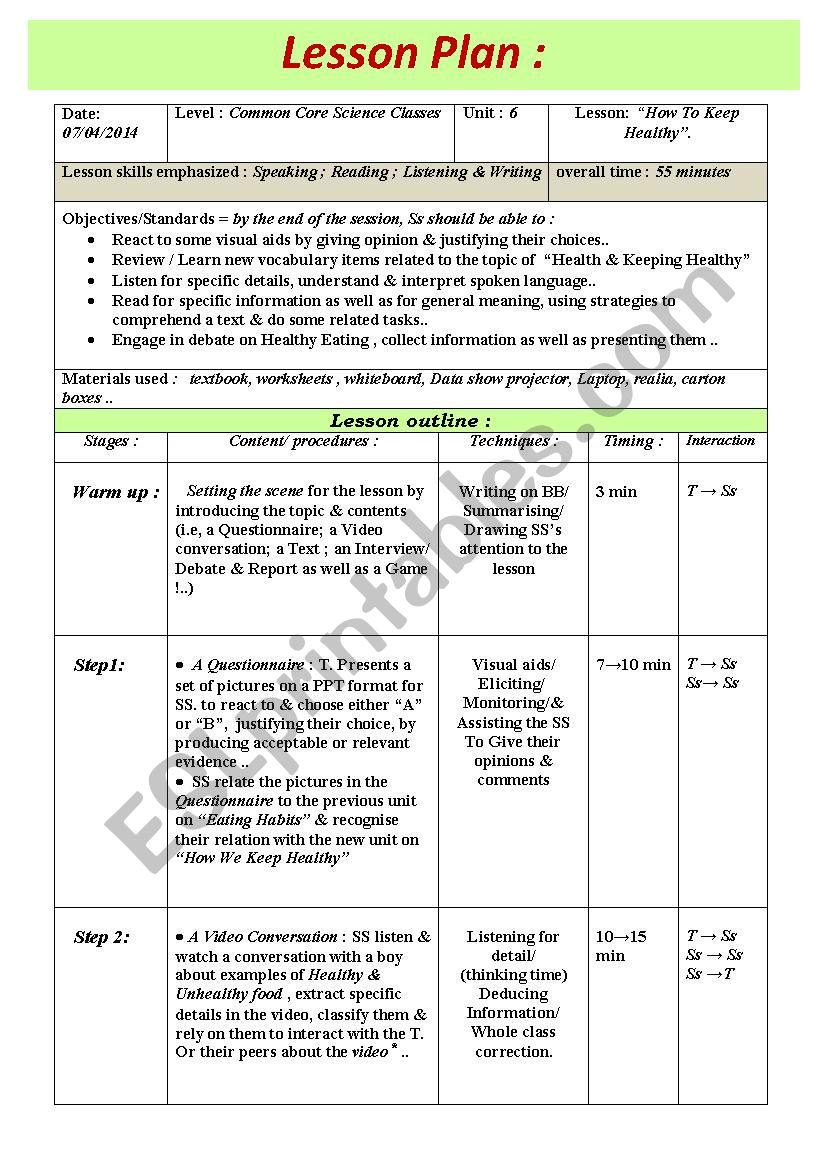
DE lesson 12 Lecture notes LESSON 12 Power series solutions of First and Second order
Teachers use English models in a variety of ways to help students gain a better understanding of different texts in English. The ways English models can be used include: Identifying different types of text. Texts generally have one of three purposes: to entertain, to inform or to persuade. There are numerous different text types within each of.

Lesson Plan For A Model Lesson English lesson plans, How to plan, Lesson
MICRO TEACHING. Microteaching is a scaled-down sample of teaching in which a teacher teaches a small unit to a small group of 5 to 10 pupils for a small period of 5 to 10 minutes. Such a situation offers a helpful setting for a teacher to acquire new teaching skills and to refine old ones.. Passi, B.K. and Lalitha, M.S. (1936): Micro teaching is a training technique, which requires student.

a piece of paper with writing on it
Microteaching Lesson plan for teaching English grammar This is the format and sample microteaching English grammar lesson plan on Noun for English and ESL teachers and those students who are pursuing various teacher training programs like B.Ed (BEd), D.Ed (DELED) and BTC. Here you will be able to know how to make microteaching and skill of introducing English grammar topics to the students of.

types of noun working model (english) model howtofunda craftpiller Types of nouns, Common
Here's a list of the modal verbs in English: 1: They don't use an 's' for the third person singular. 2: They make questions by inversion ('she can go' becomes 'can she go?'). 3: They are followed directly by the infinitive of another verb (without 'to').

PHIL 14.002 Lesson 1 Notes PHIL 14 Notes Lesson 1 Questions for Reflection o How have our
Modals (also called modal verbs, modal auxiliary verb s, and modal auxiliaries) are special verbs that behave irregularly in English. They are different from normal verbs like "work, play, visit." They give additional information about the function of the main verb that follows it. They have a great variety of communicative functions.

Grade 8 English Language Model Knowledge Bank Publishers
QUIZ: English Modal Verbs Guide. Now, test your knowledge of what you learned in the lesson by trying this quiz. You can get help with some questions if you press 'Hint'. You will get your score at the end, when you can click on 'View Questions' to see all the correct answers. True or false: all modal verbs have more than one meaning. 1.

Examples of Cornell Notes MVCA Earth Science
There's a class of helper verbs known as modals that we use to express a bunch of conditions: we can use them to give advice, make guesses at how necessary or likely something is, make requests of people, and so on. They're super useful. Questions Tips & Thanks Want to join the conversation? Sort by: Top Voted Azat 7 years ago Hello!

Grade 11 English Language Model Knowledge Bank Publishers
Could I buy the new model?. (Note: This table does not include all types of modals.) Modal Verbs, Fall 2021. 2 of 4 Logical Possibility. Grammar Book: Form, Meaning, and Use for English Language Teachers. Title: Modal Verbs Created Date: 1/25/2022 6:57:03 PM.

Lesson 1 Detailed lecture notes LESSON 1 ROLE AND SCOPE OF PRODUCTION MANAGEMENT, CONCEPT
Modals can be defined as a subset of the English auxiliary verbs and are used to show modality like obligation, and possibility, etc. They don't have an infinitive form or participle which can be used to differentiate them from other verbs along with their neutralization.

English Preposition Working Model English TLM working model English working model English
Instructional programs for English language learners occupy a continuum with the bilingual model at one end and English-only at the other. In between are many gradations, depending on the needs of the population. Table 1 illustrates the range of programs within the continuum of instructional models for English language learners.

MODEL WORKDONE NOTES OF LESSON WRITING IN TAMIL & ENGLISH & PEDAGOGY ABL RECORDS OF SCHOOLING
New educate.iowa.gov Website. The Iowa Department of Education's website is new. Many of our previous documents and pages have new links. Your patience is appreciated. Published on January 8, 2024. ; last updated on January 9, 2024. Use Website Feedback Form for questions/concerns.

B.Ed Observation Lesson Plans
PPP is one model for planning a lesson. Other models include TTT (Test, Teach, Test), ARC (Authentic use, Restricted use, Clarification and focus) and ESA (Engage, Study, Activate). All models have their advantages and disadvantages and I, like many other teachers I know, use different models depending on the lesson, class, level and learner.

Teaching & Learning Model MFGSC
The modal verbs in English grammar are: can, could, may, might, must, need not, shall/will, should/ought to. They express things like ability, permission, possibility, obligation etc. Modal verbs only have one form. They do not take -s in the simple present and they do not have a past simple or past participle form. However, some modal verbs have

Lesson Plan For A Model Lesson ESL worksheet by medderraz
Instructional Planning plays a vital role in our journey as teachers. It helps. teachers in developing classroom goals, objectives, instructional, and. assessment methodologies. During the classroom process, systematic planning. aids in the development, evaluation, and management of the instructional.

Teach101 How I use Cornell Notes Effectively in my Laguage Arts Classroom Cornell notes
A model is an example of the target language a teacher shows learners to help them notice language patterns, or to encourage them to imitate. This could be a sentence, a model of an intonation pattern, or an entire text, such as an example of a writing genre. Example Learners are looking at different uses of the present perfect continuous.

Lesson 5 Chapter 3 Notes Lesson 5 Chapter 3 3 Workplace Behaviours It’s not
Modal verbs show possibility, intent, ability, or necessity. Common examples of modal verbs include can, should, and must . Because they're a type of auxiliary verb (helper verb), they're used alongside the infinitive form of the main verb of a sentence. Modal verbs are used to express certain hypothetical conditions, such as advisability.